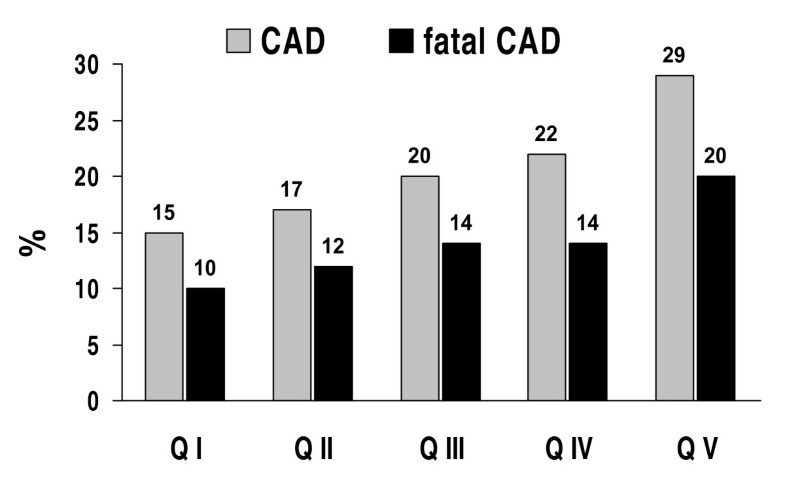

The study outlined a previously unrecognized role for C-peptide to act as mitogen for SMC. In vitro stimulation of SMC with C-peptide via insulin resistance and compensatory hyperinsulinemia resulted in a dose-dependent induction of smooth cell proliferation. Marx and colleagues demonstrated co-localization of C-peptide with SMC in early human atherosclerotic lesions of diabetic subjects. The authors of the present study aimed to determine whether the basal C-peptide levels were related to cardiovascular risk in T2DM patients. Until now, there have been few studies regarding C-peptide and diabetes complications.

Previous studies have suggested that such mechanisms could facilitate cardiovascular events. According to recent studies, C-peptide induces smooth muscle cell (SMC) proliferation, immune response, cell growth and may play a pivotal role in the regulation of endothelial function. C-peptide effects have been suggested to act upon biologically active peptides. Recently, the G protein-coupled receptor with subsequent activation of the Ca 2+-dependent intracellular signaling pathways and the specific binding of the C-peptide to human cell membranes have been demonstrated. However, because C-peptide has not been hormonally demonstrated, this proinsulin-connecting peptide has been regarded as a biologically inert by-product. After the discovery of the mode of insulin biosynthesis, several early studies addressed the question of possible physiological effects of C-peptide. Ĭ-peptide, formed during cleavage of insulin from proinsulin, is a by-product of insulin biosynthesis. The 2006 IDF definition classified a person with MS in the same way as did ATP III but required the presence of central adiposity (elevated waist circumference) as an essential component. The modified ATP III definition of MS required the presence of at least three or more of the following five components: 1) elevated waist circumference ≥90 cm (male), ≥80 cm (female) 2) elevated TG >150 mg/dL (1.695 mmol/L) 3) reduced HDL<40 mg/dL (male), <50 mg/dL (female) 4) hypertension or elevated blood pressure ≥130/85 mm Hg or 5) diabetes or elevated FPG ≥5.6 mmol/L. The WHO criteria for MS required the presence of DM or impaired fasting plasma glucose (FPG ≥110 mg/dL) and at least two of the following components: 1) diagnosed with hypertension or blood pressure ≥140/90 mm Hg 2) dyslipidemia: TG ≥150 mg/dL or HDL ≤40 mg/dL (male), ≤50 mg/dL (female) 3) central obesity: waist-hip ratio >0.90 (male) >0.85 (female), or BMI ≥30 kg/m 2 or 4) microalbuminuria: urinary albumin to creatinine ratio ≥30 mg/g.


 0 kommentar(er)
0 kommentar(er)
